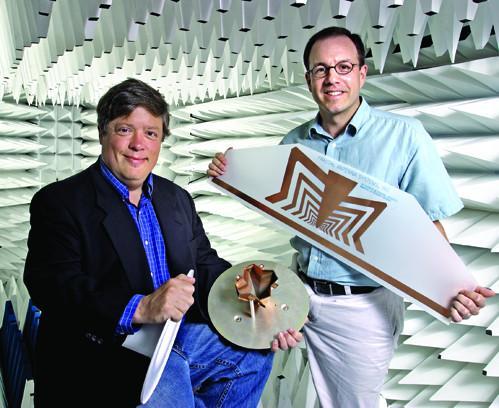Fractal Metamaterial Antennas and Resistance to New Ideas – Nathan Cohen
Dr. Nathan Cohen presents at the 2014 MIT Cold Fusion / LANR Colloquium which I attended on March 21-23, here in Boston. This talk was so amazing that I had to share it with you all here. This is only a fraction of what was presented last weekend. Stay tuned to the ColdFusionNow YouTube channel … Read more

